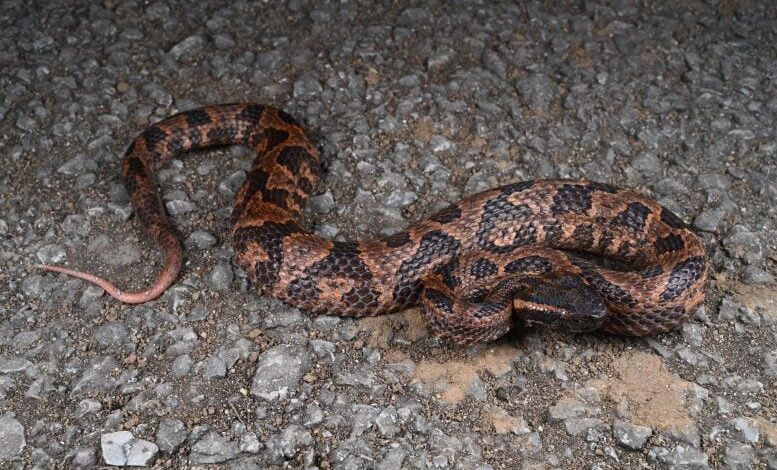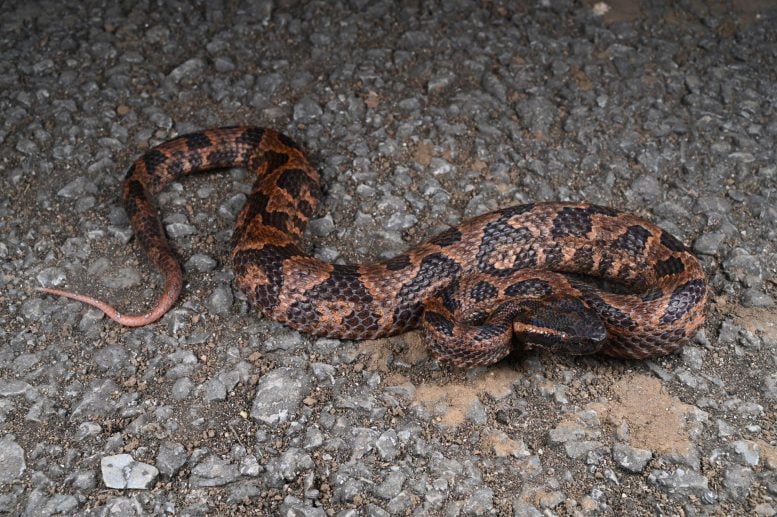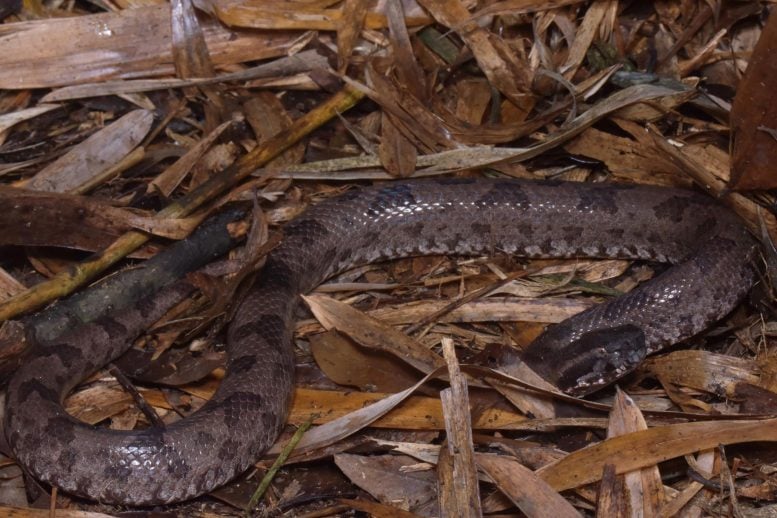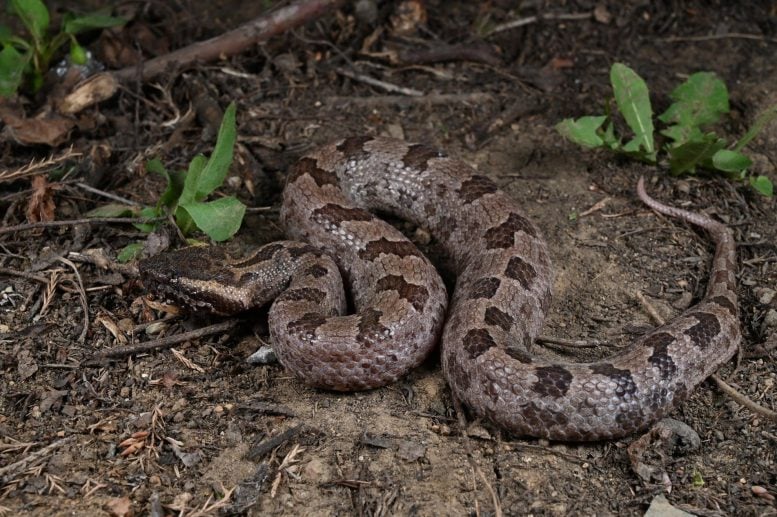Unusual New Species of Venomous Viper Discovered in China

A new venomous snake species, Ovophis jenkinsi, was discovered in Yunnan, known for its aggressive defense and preference for humid environments.
A team of Chinese researchers has discovered a new species of mountain pit viper, a medium-sized venomous snake. The snake was found in Yunnan, China, a biodiversity hotspot where several new reptile species have been discovered in recent years.
Research and Identification Process
The researchers described their method for identifying the new species, stating: “We checked specimens of the [snake] genus Ovophis collected by Institute of Zoology, Chinese Academy of Sciences and Beijing Forestry University in Yingjiang, Yunnan in 2008, and found that these specimens were different from all known similar species. We collected some new specimens from Yingjiang in 2023 and finally determined that this population represents a new species!”
Honoring a Legacy: Ovophis jenkinsi
The new species was named Ovophis jenkinsi in honor of herpetologist Robert “Hank” William Garfield Jenkins AM (September 1947-September 2023), who had “a passion for snakes, especially pit vipers, and helped China, along with many Asian countries, complete snake census, conservation, and management projects,” the team writes in their study, which was published in the open-access journal ZooKeys.
Behavioral Characteristics and Habitat
Ovophis jenkinsi has distinctive trapezoidal patches on its back and is typically a dark brownish-grey, although some individuals can be a deep orange-brown. “It is usually slow-moving but shows great aggression when disturbed,” the researchers explain after observing the snake’s behavior. “When threatened, these snakes inflate their bodies to make themselves appear larger and strike quickly.”
There are no records to date of humans being bitten by this species.

The only known habitat of Ovophis jenkinsi, the tropical montane rainforest in Yingjiang, Yunnan, China. Credit: Xiaojun Gu
Like many other species, this snake is endemic to China’s Yingjiang County, which means it is currently found only there. “It is not difficult to find this species in the wild, they are active mainly in the autumn and prefer cool, humid, and even rainy nights, probably to avoid competition with other snakes,” the researchers say, suggesting it might feed on small mammals.
“We will be collecting more information about O. jenkinsi in the future, including their appearance, distribution, and habits, to improve our understanding of this species,” the researchers concluded.
Reference: “A new mountain pitviper of the genus Ovophis Burger in Hoge & Romano-Hoge, 1981 (Serpentes, Viperidae) from Yunnan, China” by Xian-Chun Qiu, Jin-Ze Wang, Zu-Yao Xia, Zhong-Wen Jiang, Yan Zeng, Nan Wang, Pi-Peng Li and Jing-Song Shi, 30 May 2024, ZooKeys.
DOI: 10.3897/zookeys.1203.119218






